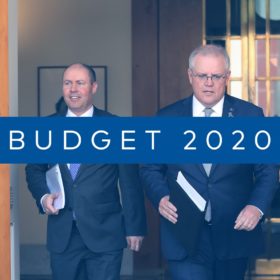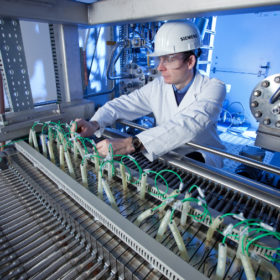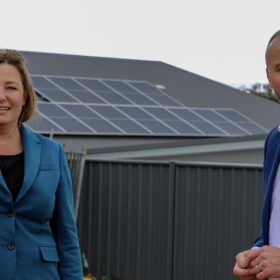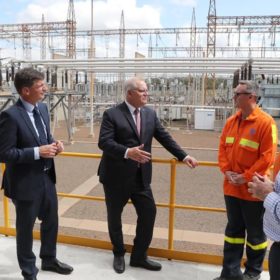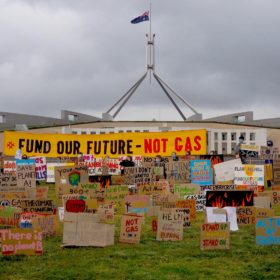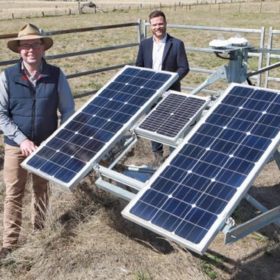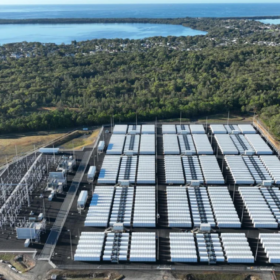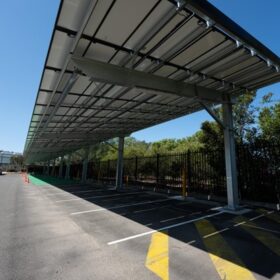Something to be buoyant about: NZ’s largest solar array is afloat
Vector Powersmart has completed construction on New Zealand’s largest solar array, which is also, incidently, New Zealand’s largest floating solar array. The 1 MW system isn’t just floating around doing nothing though, it’s generating approximately a quarter of the Rosedale Wastewater Treatment Plant’s energy needs.
CEC joins growing crowd slamming Federal Budget 2020
The Clean Energy Council has lambasted the Morrison Government’s Federal Budget 2020 as a missed opportunity for a widely popular renewable recovery effort. In fact, not only has the Morrison Government failed to fund Australia’s future, it has succeeded in funding the nation’s decaying past, including money for the controversial Vales Point coal-fired power station.
Silver lining: Aussie startup’s next generation solar breakthrough gets ARENA funding
Despite weeks with a Morrison Government sponsored gas cloud overhead a silver lining has appeared in the form of SunDrive, an Australian startup which just received $3 million in ARENA funding to help scale its low-cost, high-efficiency solar cell and manufacturing process.
UNSW researchers calculate the inevitability of green hydrogen
Researchers from the University of New South Wales have run the numbers, run them again, and then run them a third time to make triply sure. Australia’s solar resources and the rapidly falling costs of solar-powered hydrogen production mean that the future hydrogen economy is green whether the Morrison Government likes it or not.
ACT Labor promises 250 MW network of batteries if re-elected
ACT Chief Minister Andrew Barr has promised that if ACT Labor is re-elected in October, his government will invest $100 million over the next five years toward the construction of a 250 MW citywide battery network. A battery of that size is unprecedented but certainly achievable, and every Canberran can take part.
IRENA presents $2tn plan to drive 5.5m renewables jobs by 2023
Doubling down on renewable energy investment and energy transition spending is required to ensure a truly green global recovery from the Covid-19 crisis and its economic aftershock, claims the International Renewable Energy Agency.
Angus Taylor’s tech roadmap is fundamentally flawed — renewables are doable almost everywhere
Honorary University of New South Wales Associate Professor, Mark Diesendorf, takes the Coalition’s Technology Roadmap apart, revealing just how unsealed the road really is, and why renewables pave the way.
A line in the silicon: SA solar industry inverted as new regulations come into effect
South Australia’s new solar installation regulations came into effect on September 28. The regulations, designed to better manage a distributed energy system, are thought rushed by some in the industry, but ultimately they should facilitate more solar integration.
“Fund Our Future Not Gas” is the call made to the Coalition in nationwide student protests
Over 500 separate protests, many of them virtual, took place on Friday as students and young Australians across the country again demonstrated their determination in the face of an inveterate Federal Government. Due to the restrictions of Covid-19, many of the protests took on imaginative shapes.
Elecnor appointed EPC on Australia’s biggest hybrid solar/battery project
Australia’s utility-scale solar is not untouchable. In a major win for the country’s clean-energy sector, UPC\AC Renewables yesterday announced the appointment of an EPC for the first phase of its 720 MW New England Solar Farm and colocated potential 400 MW battery energy storage system.

